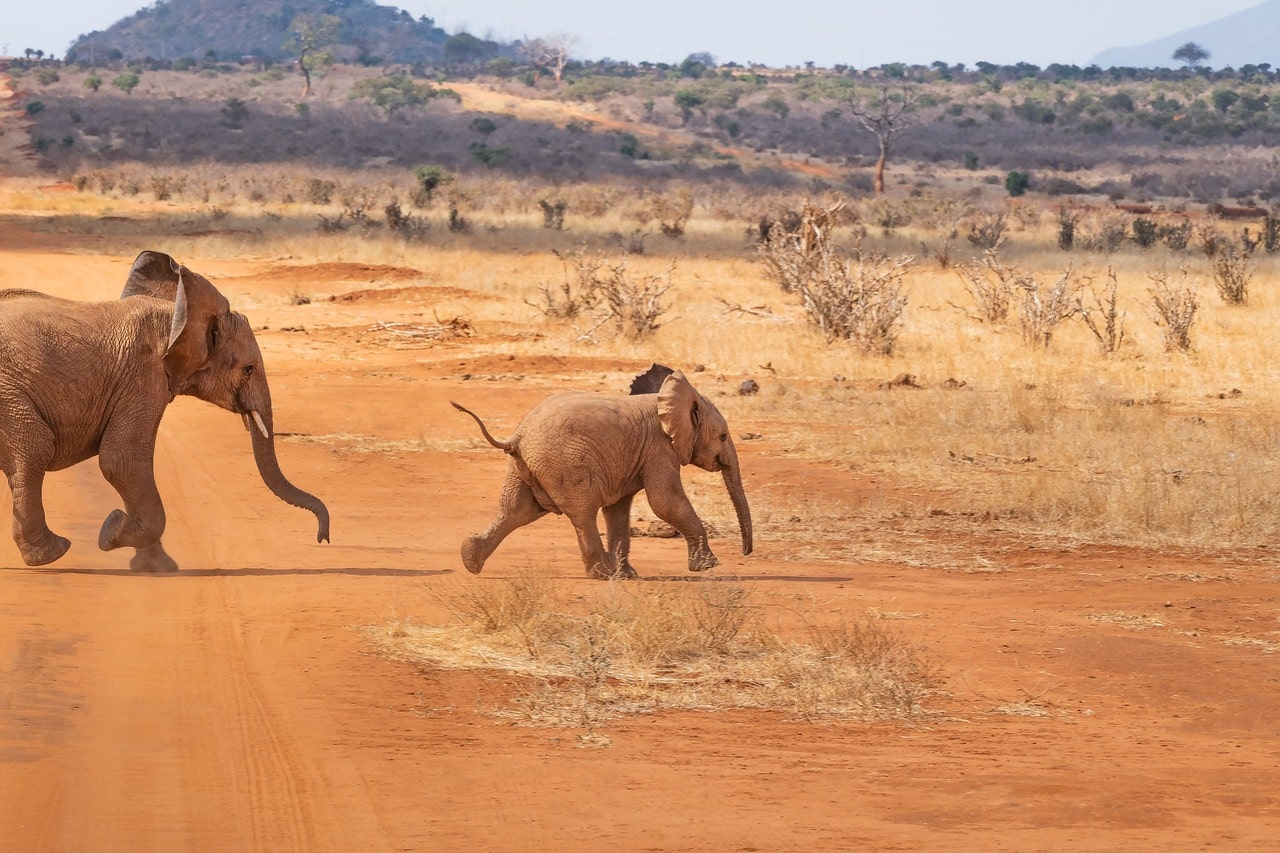
To address the global crises of climate change and biodiversity loss, the United Nations Decade on Ecosystem Restoration recognizes the urgent need to reverse ecosystem degradation. The current Global Biodiversity Framework, which also emphasizes these goals, was agreed upon in Montreal at the Conference of the Parties (COP15) in December 2022. However, global restoration efforts are in danger of failing without adequate seed supply.
Biodiverse, properly sourced, native species are key to improving ecosystem integrity and human wellbeing, but wild seed sources are declining rapidly due to land degradation and climate change. Restoration projects also suffer from difficulty collecting genetically appropriate seeds and logistical challenges that lead to the waste of seeds, such as a mismatch between wild seed availability and planting timelines and a lack of adequate seed storage.
A wealth of scientific knowledge exists on seed banking to support species conservation, from Indigenous seed-saving groups to technology-heavy seed banks at well-established research institutions. Conservation seed banks, which focus on long-term storage, have made great progress in preserving threatened species in several regions. However, in most cases, they cannot provide enough seeds for ecosystem restoration.
